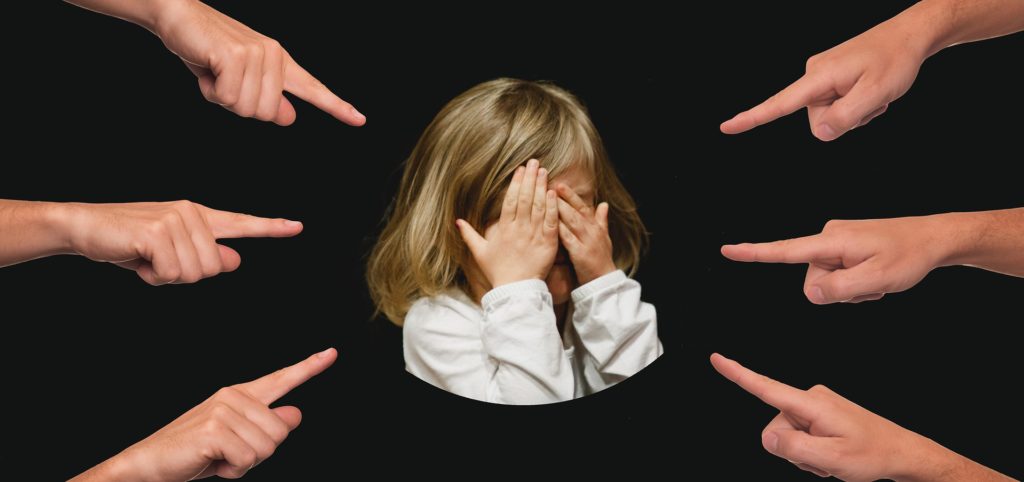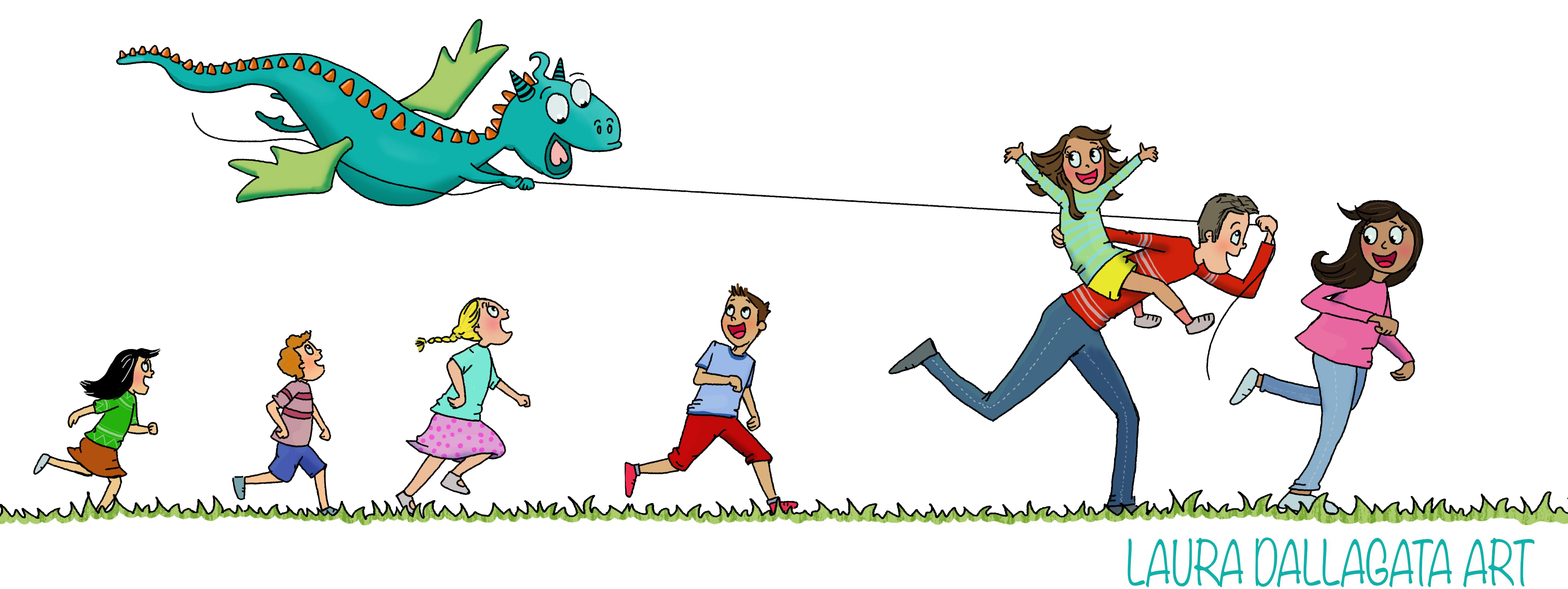From ParentingPaths by Aki Raymer
Do you have every intention of responding positively to your kids but end shaming, blaming and losing your patience when it matters most?
The other day a client and I discussed strategies that she could use to move from an emotional reaction (usually feeling helpless, yelling and feeling like a “bad” mom) to a more calm, proactive approach. “This all makes sense but I can’t remember any of it when the kids aren’t listening. I need an acronym or something,” she said. So we made one…
P.E.L.T.
Pause. Empathize. Level. Train.
When your kids are testing your patience, your first instinct may want to pelt them with insults, threats of punishment, pieces of cereal… anything to get them to stop!
Instead, P.E.L.T. them with these a more patient and connected version of yourself and watch the shift from chaos to calm. Here’s how it works:
1. Pause: When you are stressed you react. To act proactively (instead of reactively) we need to slow the physical stress response that kicks in when our kids push our buttons. Try taking 3 deep breaths, or do whatever it takes to get out of that heart-pumping, anger filled, helpless fight or flight space before you lay into your kiddo. Your reasonable brain can’t function when you are in fight or flight, so the first step is to get back into your thinking brain.
2. Empathize: There are no bad kids. Period. Behavior comes about for one of four reasons: your kid wants something, doesn’t want to do something, because it feels good, or to get attention. Figure out which of the four reasons your child is acting the way that they are and empathize.
“Oh. You really wish you could have that toy”
“You want my attention.”
“You wish you really don’t want to leave the park. “

3. Level/Look/Listen: As in… get on your child’s level and look them in the eye. Lean down and use a calming touch and voice to connect with your child. Listen… really listen to them. If you scream back at a screaming kid, each person’s stress just builds and gets bigger, but if you can practice tending to your own tone and volume before (or even the moment that you realize you have slipped) during a conflict, you can help your little one learn to do so as well. Calm begets calm. Safety begets safety. Respect begets respect.
4. Train: This is where you use your positive tools to help your child learn to manage emotions, gain new skills, or communicate effectively. This might mean that you set the limit while remaining calm: “I know that you want to stay at the park but it is time to go now. I’m sorry you are disappointed.” Or you give a choice: “Do you want to sit on my lap and snuggle or would you like to take a minute in your room?” Or you tell your child what they CAN do: “You can’t throw this ball in the house but you can take it into the backyard.”
That’s it! Pause. Empathize. Level/Look/Listen. Train.
P.E.L.T. them with love and see what happens. You got this Mamas and Papas!


